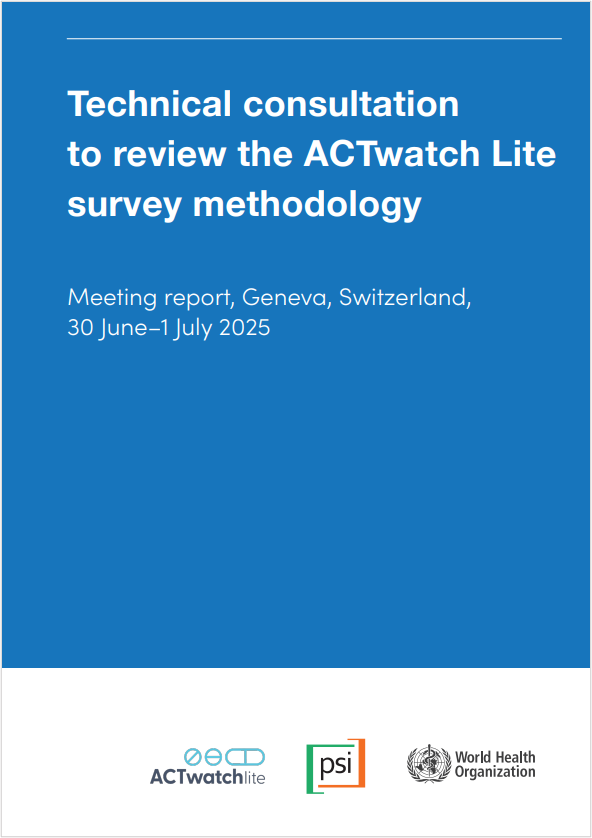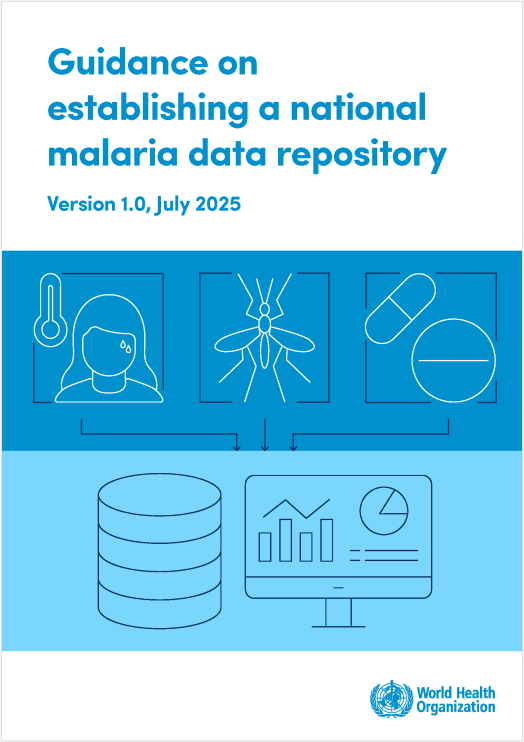Last Updated: 26/09/2023
Medicinal chemistry optimisation of novel heterocyclic anti-infective agents
Objectives
To develop fast acting antimalarial candidates with improved drug-like properties by further optimisation of suitable bioisostere replacement scaffolds.
Malaria, a mosquito-borne infectious disease, poses a significant challenge for global health due to high mortality rates in less economically developed countries. Current artemisinin-based combination therapies (ACTs) provide effective first-line therapies for the treatment; however, the appearance of ACT resistant strains has prioritised the identification of novel agents capable of targeting resistant malarial strains without compromising the pharmacokinetics and fast action of artemisinin. In 2017 a new classification of antimalarial aminooxadiazole containing agents were identified. These agents possessed promising antiparasitic profiles, comparable with artemisinin, however phase I metabolism was recognised to generate toxic hydrazine metabolites hindering their application as antimalarials. Recent investigations have examined bio-isosteres of the aminooxadiazoles, especially amino-substituted heterocyclic analogues, aiming to evade the unfavourable generation of hydrazine metabolites. These structures display good nanomolar activity against resistant plasmodium falciparum strains. Furthermore, they demonstrate good aqueous solubility and moderate metabolic stability.
Sep 2021 — Mar 2025


